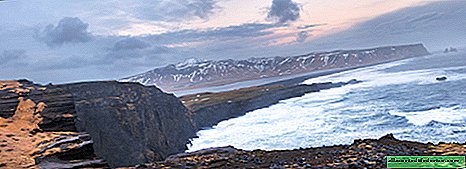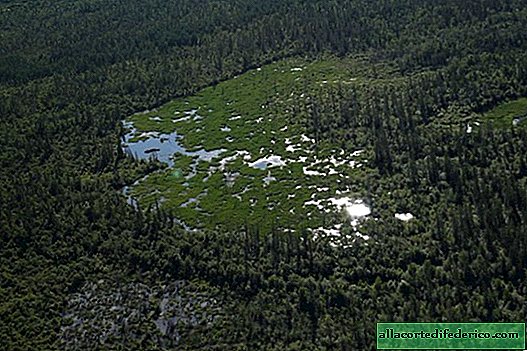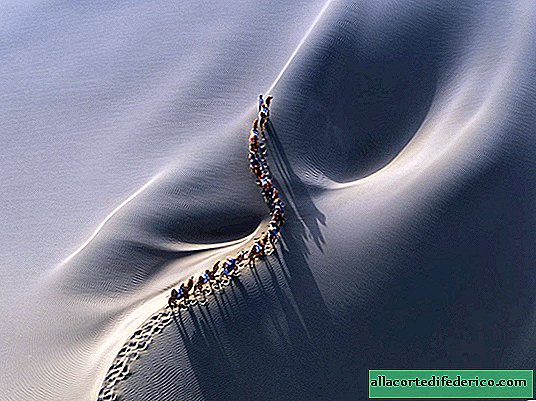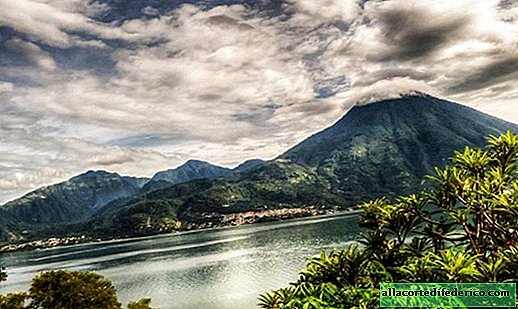Ferdinandia Island: he disappeared, but everyone is waiting for his return
In the Mediterranean Sea, not far from Italian Sicily, the unusual island of Ferdinandia is located. To be more precise, today it is not an island, but a sandbank, but this only fuels the general interest in this place. The fact is that over the course of its short history the island more than once disappeared under water and reappeared, therefore it is possible that in the near future there will again be land, claimed by several countries.

The last time the island of Ferdinandia appeared above the surface of the water in 1831, 30 kilometers from the coast of Sicily. In this part of the Mediterranean Sea there are several active underwater volcanoes, and the island arose as a result of the eruption of one of them called Empedocles. The underwater eruption was accompanied by a roar, rock emissions and a pungent smell of sulfur. In the waters surrounding the volcano, marine fish died, which, after the eruption, swam to the surface. The sailors who witnessed this eruption were extremely frightened, because before they had not encountered underwater volcanoes.

The land plot that appeared above the water had quite decent dimensions: the coastline was 4.8 kilometers long, and the maximum height exceeded 60 meters. The newly emerged land area in such a strategically important place aroused the interest of three countries at once. Indeed, on a small, but still an island, it was possible to create a military or commercial base and thereby strengthen its position in the Mediterranean Sea.

The first to claim their rights to a new land between Africa and Europe was Great Britain. Enterprising Englishmen were the first to hoist their flag on a volcanic island and give it the name Graham, which can often be found in English literature on the theme of this island. After them, the sailors of the ship Etna landed on the island, who proclaimed the island the possessions of the Kingdom of both Sicilies. A state with this name existed in the south of modern Italy in the 19th century, and its ruler was Ferdinand II, in whose honor the island was named. The last to declare their desire to own the island were the French. Their representatives also landed on the island and, like the other applicants, assigned him his own name - Julia. There is evidence that the Spaniards also assigned their name to the island and wanted to include it in their possessions. Regarding the ownership of the island between these countries, negotiations began, which promised to be long. But one circumstance resolved all issues at once - the island disappeared.

The island formed from the products of a volcanic eruption was short-lived. Six months after the appearance, sea water and waves destroyed it to the ground, thereby ending the disputes that arose. But recently, an unusual island was again talked about. In the early 2000s, increased seismic and volcanic activity was observed in this part of the Mediterranean Sea. In this regard, scientists have suggested that the underwater volcano Empedocles may begin to erupt. If this happens, then in the place where today there is a sandbank with depths of about 6-8 meters, an island may reappear.

Given this circumstance, Italian divers in the fall of 2000 left a massive slab on the shallows, the inscription on which says that this land belongs to the Sicilian people. Other parties to the conflict did not express their complaints, but it is known that the next time the divers plunged to the location of the plate, it turned out to be broken.


















